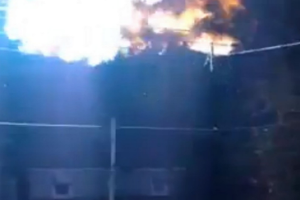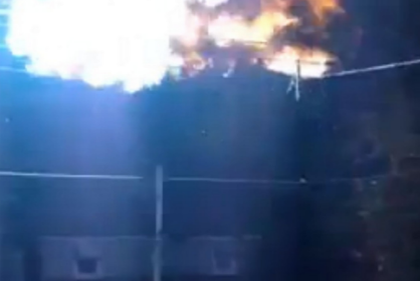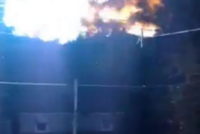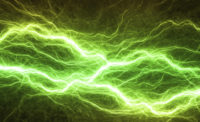 A massive fireball roared through a section of Montreal this in November, 2013 andl burned along an overhead utility line shortly after the Montreal area was battered by an intense windstorm that toppled trees and caused region-wide power outages.
A massive fireball roared through a section of Montreal this in November, 2013 andl burned along an overhead utility line shortly after the Montreal area was battered by an intense windstorm that toppled trees and caused region-wide power outages.
"This is a high-impedance arcing fault," said Massoud Amin, a senior member of the Institute of Electrical and Electronics Engineers (IEEE) and director of the University of Minnesota's Technological Leadership Institute. "It's a release of energy caused by an electrical arc."
The bright light and intense heat from an arcing fault are referred to as an arc flash. The phenomenon is similar to what happens in a lightning strike or, on a much smaller scale, the static electricitycreated when you walk across carpet and touch a metal doorknob: An electrical charge is diverted from one source and moves through the air to another surface.
"Electric arcs, which are similar to lightning, occur when a number of conditions are met — for example, humid weather, a branch touching a line, etc.," said Patrice Lavoie, a spokeswoman for electric utility Hydro-Québec.
"The electric arc moves along the wires until it reaches a transformer on a distribution pole," Lavoie told LiveScience in an email. "The electric arc trips the circuit breaker — a protection device — causing the power outage in the neighborhood."
Explosive energy released
When an arc flash occurs on industrial equipment, the release of energy can be tremendous: According to a report from General Electric, temperatures can reach as high as 35,000 degrees Fahrenheit (19,400 degrees Celsius), hot enough to vaporize solid steel. The light emanating from an explosive arc blast is so bright it can cause permanent blindness.
Estimates vary widely, but Chicago-based research firm CapSchell has determined that arc flash accidents kill or injure five to 10 U.S. workers every day. However, Amin cautions that such estimates may be high and should be viewed with some skepticism. Nonetheless, the costs of an arc blast and the resulting heallh care expenses and legal fees can add up to "millions of dollars per incident," Amin told Live Science.
Source: LiveScience www.livescience.com


